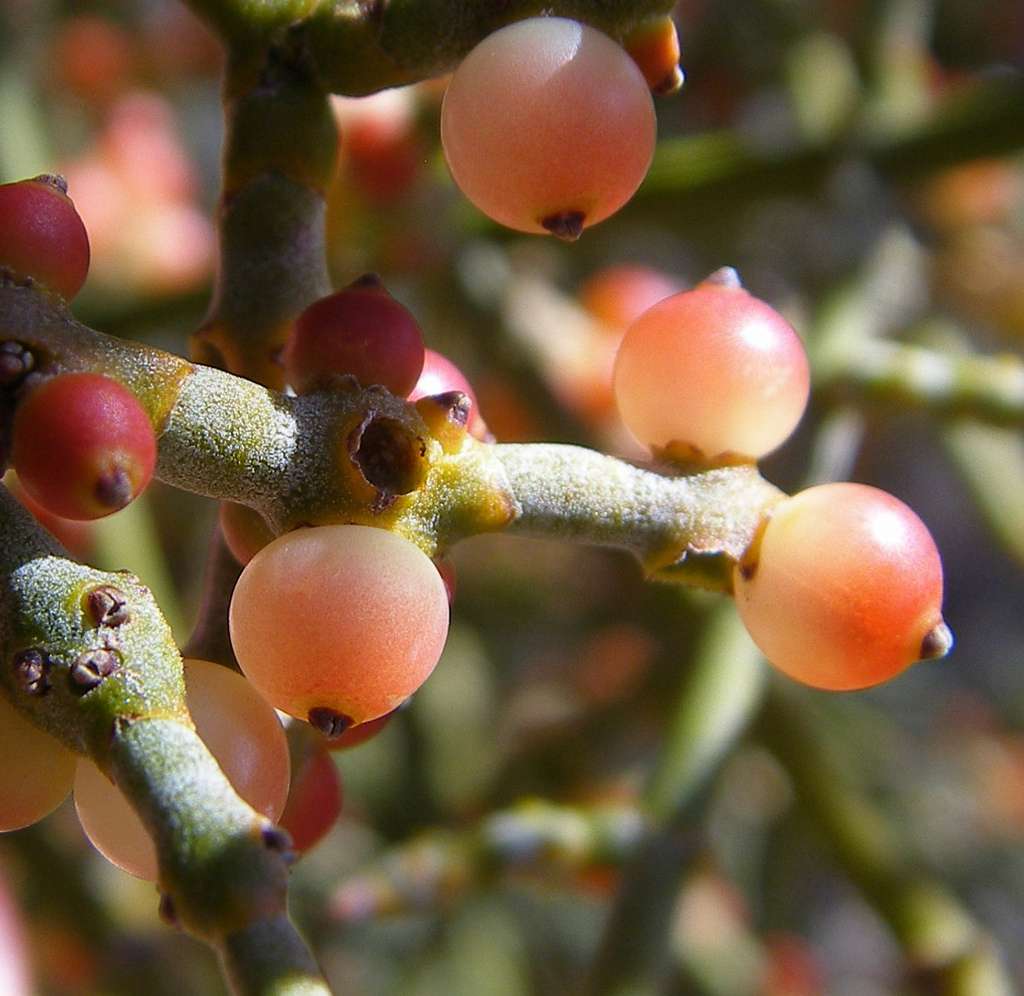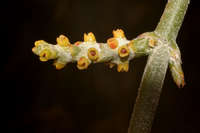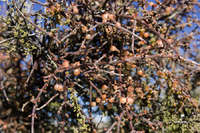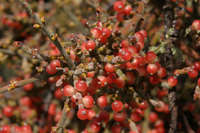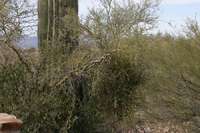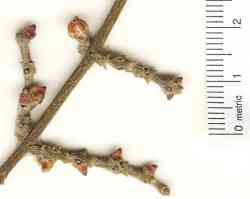|
Phoradendron californicum
 No occurrences found (redirected from: Phoradendron californicum var. leucocarpum (Trel.) Jeps.) |
|
|
Family: Santalaceae
mesquite mistletoe
[Phoradendron californicum var. distans Trel., more] |
|
|
|
|

